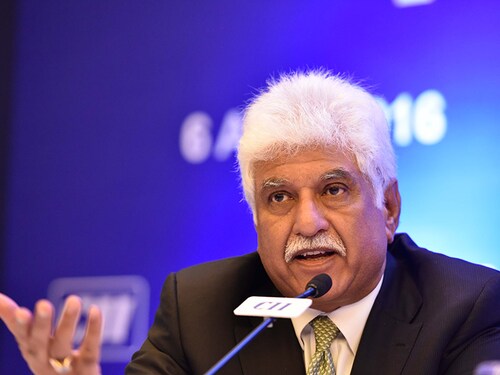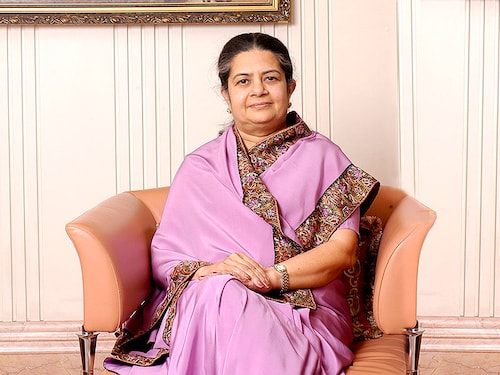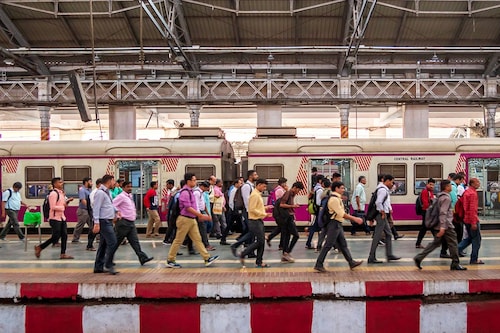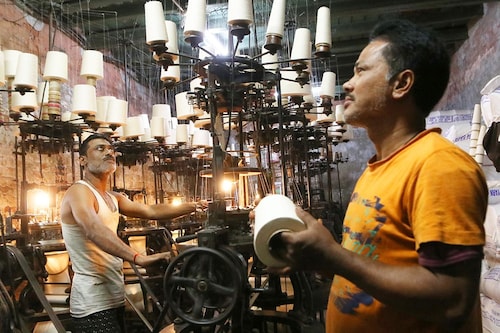
The Bridgespan Group
We write about ways that effective philanthropy can change India and the world
The 'Conversations with Remarkable Givers: India' video series provides a behind-the-scenes look at philanthropy in India from the perspectives of eminent givers
The 'Conversations with Remarkable Givers: India' video series provides a behind-the-scenes look at philanthropy in India from the perspectives of eminent givers
The 'Conversations with Remarkable Givers: India' video series provides a behind-the-scenes look at philanthropy in India from the perspectives of eminent givers
The 'Conversations with Remarkable Givers: India' video series provides a behind-the-scenes look at philanthropy in India from the perspectives of eminent givers
The 'Conversations with Remarkable Givers: India' video series provides a behind-the-scenes look at philanthropy in India from the perspectives of eminent givers
A new Bridgespan study of 15 of the greatest social impact stories globally reveals lessons as to how philanthropists can advance audacious, large-scale systems change
Funders typically support programmes, but they scrimp on ‘overhead’. This practice gives rise to a vexing ‘starvation cycle’ that constrains nonprofits’ ability to invest in essential organisational infrastructure
With more than 250 million people in India living on a daily income of less than $2, it’s clear that any nonprofit aspiring to reduce poverty needs to have a huge reach. But some nonprofits seem better equipped to meet the challenge of scaling in India than others. What gives them an edge?
Loading...
Popular Now
- Shifting Trade Ties: India's FTA Strategy Moves West
- From constraints to commerce: Transforming women-led businesses in India through
- India's semiconductor boom hinges on ecosystem growth
- AI, humans and India's role in this tech revolution
- Budget 2025: A new dawn for the middle class and a prosperous future
- Budget 2025 expectations in a protectionist world
- WEF 2025 Wrap-Up: Unlocking the Intelligent Age through collaboration, transform
- Leveraging waste-to-energy innovation for India's legacy waste crisis
- Is the quiet evolution of a new normal growing up with humans and AI?
- Insurance for all by 2047 A push for awareness, accessibility, & affordability

















